Related Research Articles

The County of Waldeck was a state of the Holy Roman Empire and its successors from the late 12th century until 1929. In 1349 the county gained Imperial immediacy and in 1712 was raised to the rank of principality. After the dissolution of the Holy Roman Empire in 1806 it was a constituent state of its successors: the Confederation of the Rhine, the German Confederation, the North German Confederation, and the German Empire. After the abolition of the monarchy in 1918, the renamed Free State of Waldeck-Pyrmont became a component of the Weimar Republic until divided between Hannover and other Prussian provinces in 1929. It comprised territories in present-day Hesse and Lower Saxony (Germany).
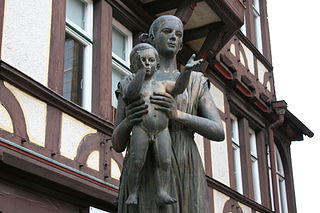
Henry I of Hesse "the Child" was the first Landgrave of Hesse. He was the son of Henry II, Duke of Brabant and Sophie of Thuringia.
Count Wolrad I of Waldeck was a son of Count Henry VII of Waldeck and his wife Margaret of Nassau-Wiesbaden-Idstein. He was named after his maternal grandfather, and was the first Wolrad in the House of Waldeck. He succeeded his father as the reigning Count of Waldeck-Waldeck in 1442 – whether this was before or after his father's death is still unclear. The House Waldeck had been split since 1397 into the senior Waldeck-Landau line and the junior Waldeck-Waldeck line.

Count Philip IV of Waldeck was Count of Waldeck-Wildungen from 1513 to 1574. In 1526, he and his uncle Philip III of Waldeck-Eisenberg led the Lutheran Reformation in the county of Waldeck.
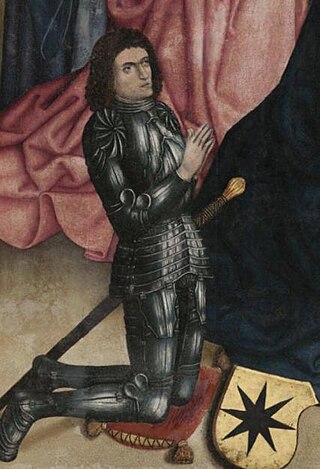
Philip III, Count of Waldeck, was from 1524 to 1539 Count of Waldeck-Eisenberg.
Count Henry VI of Waldeck, nicknamed of Iron, (c. 1340 – 16 February 1397 at Waldeck Castle, was Count of Waldeck from 1369 to 1397. The nickname of Iron refers to the fact that, due to his involvement in numerous wars and feuds, he often wore armour. Although he was only the third reigning Count named Henry, he is generally known as Henry VI, because there had earlier been non-ruling counts of Waldeck named Henry II, Henry III and Henry V.

Count Wolrad II 'the Scholar' of Waldeck-Eisenberg, German: Wolrad II. 'der Gelehrte' Graf von Waldeck-Eisenberg, was since 1539 Count of Waldeck-Eisenberg.
Count Philip II of Waldeck-Eisenberg was count of Waldeck-Eisenberg. His parents were Count Wolrad I of Waldeck and Barbara of Wertheim.
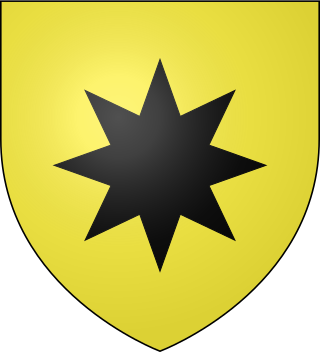
Count Wolrad IV 'the Pious' of Waldeck-Eisenberg, German: Wolrad IV. 'der Fromme' Graf von Waldeck-Eisenberg, official titles: Graf zu Waldeck und Pyrmont, was since 1588 Count of Waldeck-Eisenberg. He founded of the new line of Waldeck-Eisenberg.

Count Christian of Waldeck-Wildungen, German: Christian Graf von Waldeck-Wildungen, official titles: Graf zu Waldeck und Pyrmont, was since 1588 Count of Waldeck-Eisenberg and after the division with his brother in 1607 Count of Waldeck-Wildungen. He founded the new cadet branch of Waldeck-Wildungen and is the progenitor of the princes of Waldeck and Pyrmont.
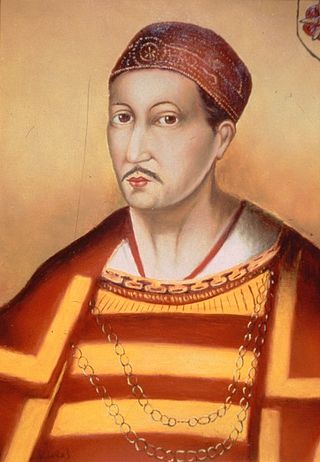
Bernard VII of Lippe was the ruler of the Lordship of Lippe from 1429 until his death. Because of the many bloody feuds in which he was involved, he was nicknamed "the Bellicose". He is the longest-ever ruling European monarch.
Otto IV, Count of Waldeck at Landau was the third and last ruling count of the elder Waldeck-Landau line. He was the grandson of Count Adolph III, who had founded the elder Waldeck-Landau line in 1387 and was the third and only surviving son of Count Otto III and his wife Anna of Oldenburg. His elder brothers John and Henry had died unmarried and childless in 1431 and 1438 respectively.
Adolph III, Count of Waldeck was Count of Waldeck-Landau from 1397 until his death. He was the founder of the elder Waldeck-Landau line.
Otto III, Count of Waldeck-Landau was the second ruling count of the elder Waldeck-Landau line, which had started. He was the son of Count Adolph III, who had founded the elder Waldeck-Landau in 1397, and his wife, Agnes of Ziegenhain.
Henry IV, Count of Waldeck was the ruling Count of Waldeck from 1305 to 1344. He was the second ruling count named "Henry", which is why some authors call him "Henry II". However, two earlier non-ruling members of the House of Waldeck are usually called Henry II and Henry III, and the subject of this article is commonly called Henry IV.
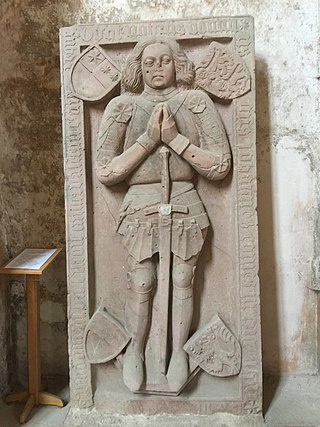
John II, Count of Ziegenhain was the second son of Count Gottfried VIII of Ziegenhain and his wife Agnes of Brunswick. He was the last reigning Count of Ziegenhain and Nidda. He probably owed His nickname the Strong to his obesity, although he is said to have possessed an extraordinary muscle strength as a young man. His younger brother Otto was Archbishop of Trier from 1419 until his death in 1430.
Rupert, Count of Nassau-Sonnenberg, nicknamed the Bellicose, was a son of Gerlach I, Count of Nassau and his second wife, Irmgard of Hohenlohe.
Conrad of Dhaun was a German nobleman. His relatives were the Wild- and Rhinegraves of Dhaun. He was Archbishop and Prince-elector of the Bishopric of Mainz from 1419 until his death as Conrad III. His term was marked by the Hussite wars and by serious disputes with the Landgraviate of Hesse and within the city of Mainz.
The Mainz-Hessian War of 1427 was the final military conflict in the two-century long dispute between the Archdiocese of Mainz and Landgrave of Hesse over supremacy of the Hesse region. The decisive victories of Landgrave Ludwig I over the Mainzian military leader Gottfried von Leiningen near Fritzlar and over Archbishop Konrad von Dhaun near Fulda spelled the end of Mainz's ambitions in the Hesse region. The Peace of Frankfurt, signed on December 8, 1427, decisively ended both the war and the long-standing power struggle between Hesse and Mainz.
Otto I, Count of Waldeck was the count of Waldeck from 1275/76 until his murder in November 1305.
References
- Adolph Theodor Ludwig Varnhagen: Grundlage der Waldeckischen Landes- und Regentengeschichte, vol. 2, Arolsen, 1853, p. 18-31